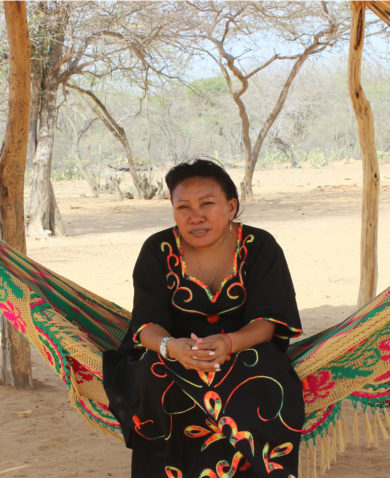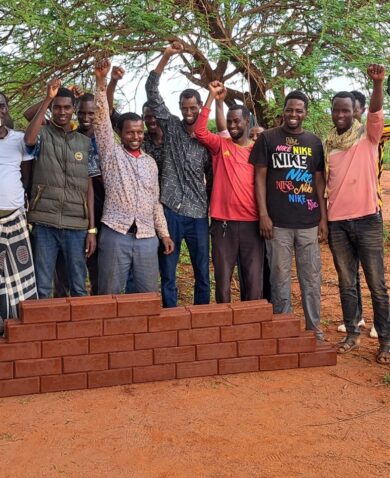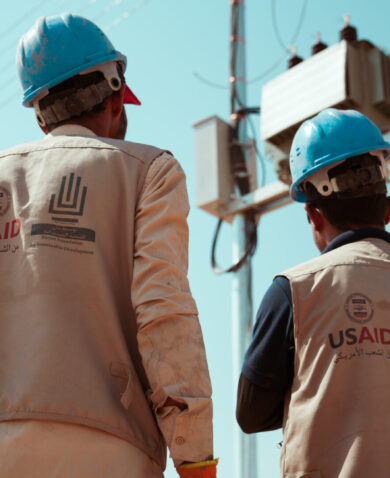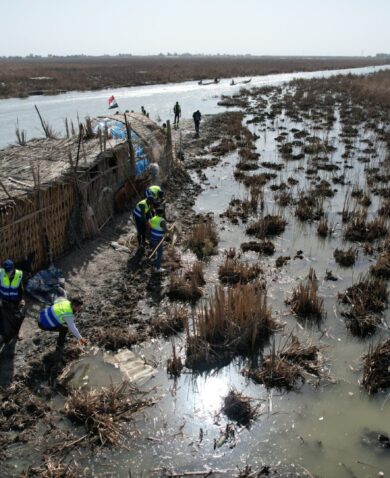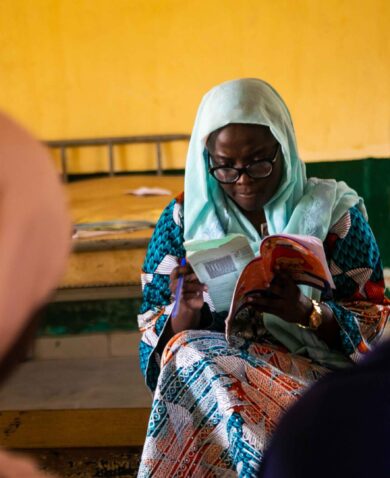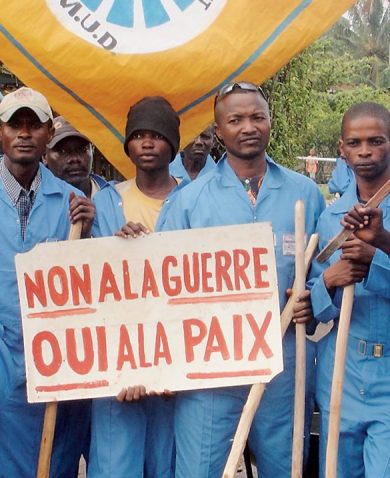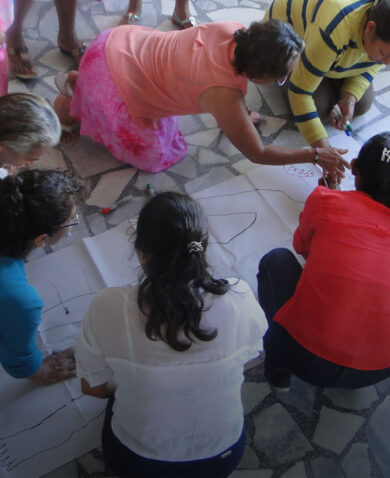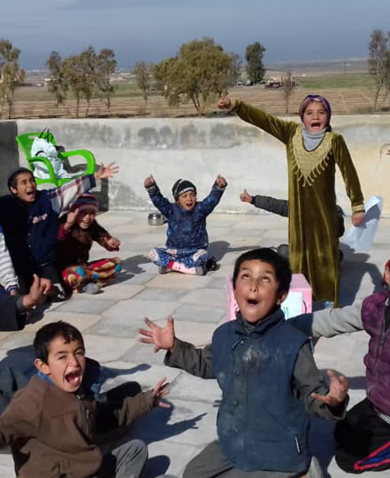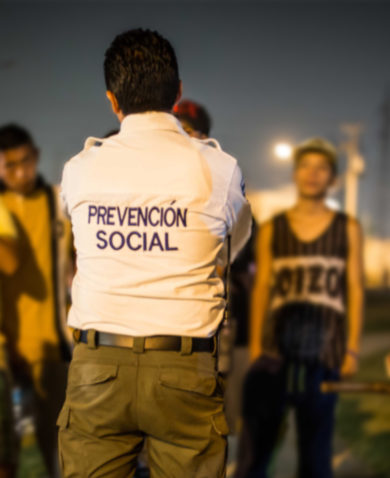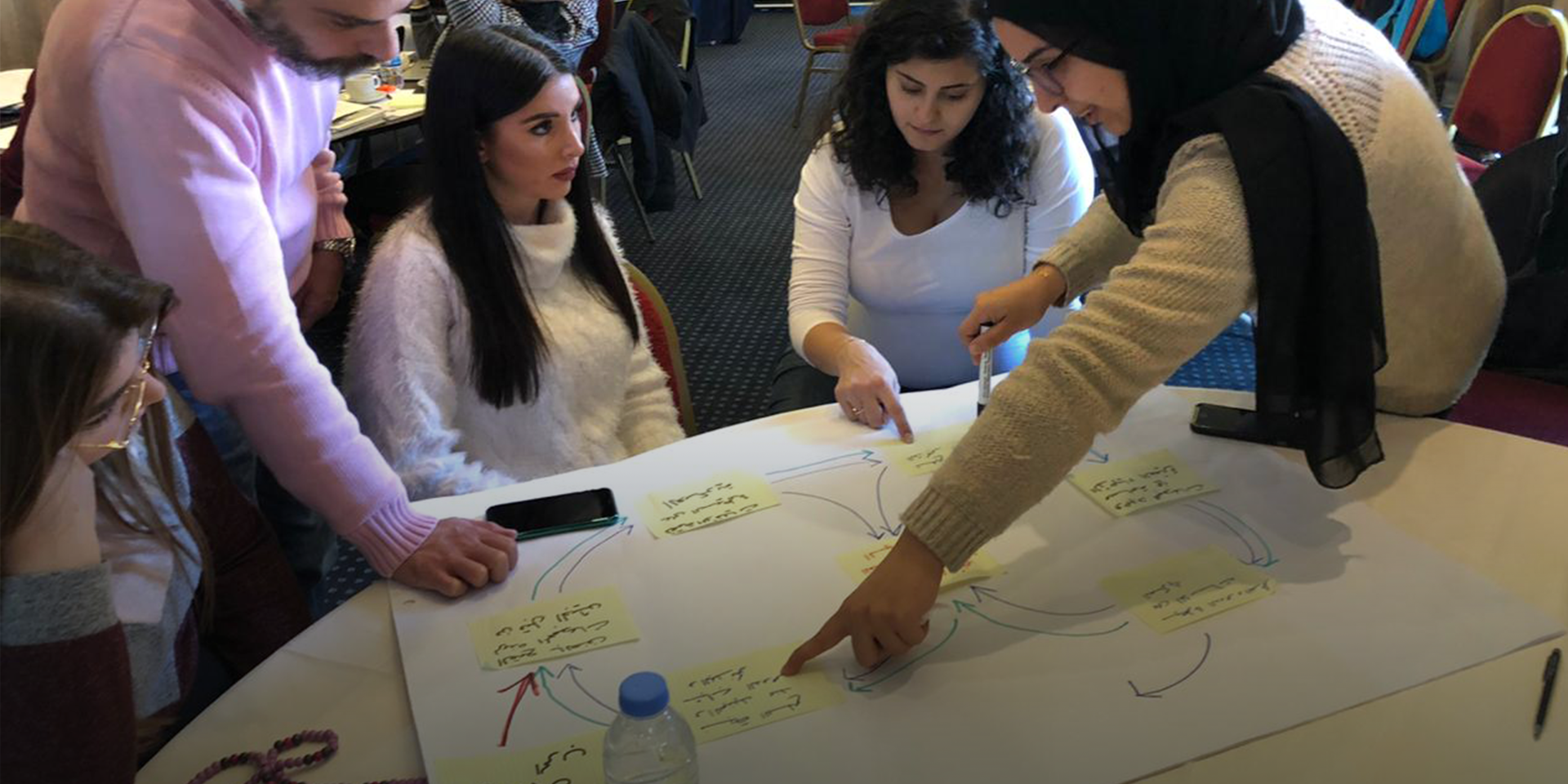
What Does a Systems Approach to Conflict Prevention Look Like?
February 23, 2021 | 5 Minute ReadIf done right, a systems approach to conflict prevention can be powerful. But what does a systems approach mean in practice, and how might it be used in all stages of a project cycle?
Today’s conflicts are long, intractable, and more complicated than ever. The last decade saw a marked rise in state-based armed conflict for the first time since the end of the Cold War, all involving non-state actors. Radicalization, organized crime, climate change — and now pandemics — bring new challenges to convoluted conflict systems. Yet, the international development community is increasingly aware that conventional peace efforts have not been successful in tackling conflicts and achieving sustainable peace. Recently both U.K. and U.S. governments have acknowledged the need for a new way of doing things.
At Chemonics, we argue that a systems approach can best handle complex conflicts. Especially when applied with active local participation, this approach enables practitioners to identify key drivers of conflict, understand how they influence each other, and determine feasible and transformative entry points to reduce violence and resolve conflicts. If peace and stabilization efforts are designed based on a good understanding of complex conflict systems, with interventions that are locally led, inclusive, strategic, and conflict sensitive, then they will have a greater chance at delivering sustainable, measurable outcomes.
So, what does adopting a systems approach actually mean?
Put simply, it means looking at any given conflict as a system: an interconnected set of factors that interact, via feedback loops, to maintain the conflict itself. The factors range from the political and economic to the regional or international. Interventions, then, should seek to change the causal relations between the factors to subvert the system, ultimately turning its purpose from sustaining conflict to bolstering peace.
Such an approach not only fundamentally changes the way we think about and analyze conflicts, but also how we tackle them. Most program strategies either focus on a specific aspect of a conflict without considering its links to the whole, or they attempt to address too many factors at once and hope for an amorphous cumulative effect. But when practitioners can accurately identify core conflict dynamics and see how these dynamics come together to create and sustain the system, they can follow how possible interventions may play out across the whole. This yields more targeted, efficient, and ultimately, impactful strategies.
Thus, a systems approach enables actors to sidestep the pitfalls of conventional approaches which often miss the mark by addressing inconsequential or irrelevant factors or fail to consider unintended consequences, such as exacerbating a grievance while attempting to address another. By altering the end goal — transforming the conflict system — and how we develop strategies, a systems approach yields more strategic solutions for transforming conflict systems from within.
Chemonics’ experience shows how to apply a systems approach in three stages of the project cycle: conflict analysis and program design, implementation and risk management, and monitoring, evaluation and learning (MEL).
Conflict Analysis and Program Design
A systems conflict analysis engages key stakeholders to visually map the conflict and the cause-and-effect pathways at play. Practitioners map out feedback loops between the political, economic, social, and security factors driving the conflict. Being intentional about stakeholder engagement in the mapping and design process empowers locally led solutions with programming goals and expectations set for more realistic and achievable outcomes. Understanding the feedback between factors allows stakeholders and practitioners to think differently about possible, sustainable solutions.
In Yemen, Chemonics and its local partner organizations applied a systems analysis to several sub-national regions. The ensuing maps revealed a startling finding. Five years into the conflict, local propaganda and mobilization drives were overriding national peacemaking efforts. Additionally, the analysis exposed how the conflict fostered different forms of economic profiteering, while bringing to the fore women- and youth-led peace and stabilization efforts that had gone unrecognized. The systems conflict analysis also proved a good litmus test for when pandemic or climate change-induced stresses were fostering cooperation or stoking divisions in local communities.
This type of analysis did not allow the team to tell the story of the conflict in broad brush strokes; it forced them to unpack the constituent factors, examine where they reinforced or balanced one another, and understand what forces could bring communities together as well as what divided them. Based on those maps, the team designed interventions at the local level that could have a ripple effect — and positive impact — at the national level.
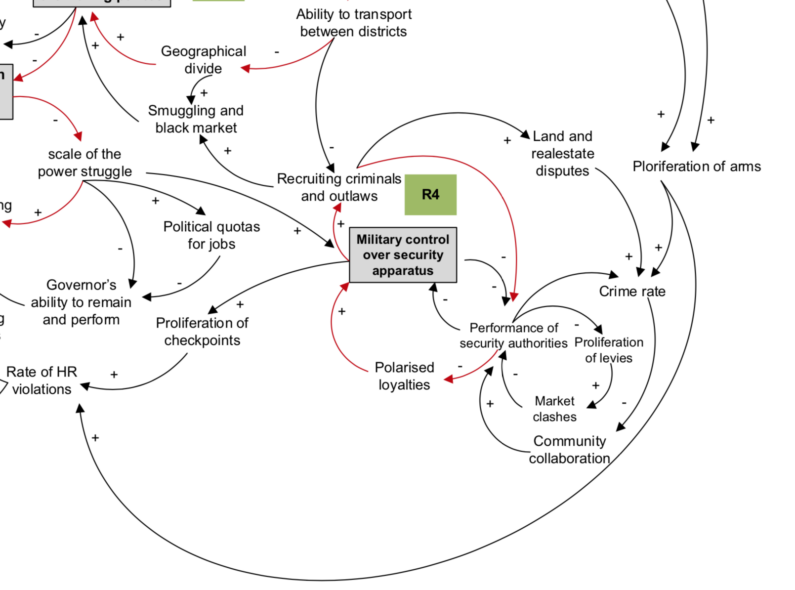
Implementation and Risk Management
A systems approach can enable agile and responsive implementation that both navigates risk and leverages opportunities. Teams can game out the potential impact of their interventions and develop intervention-level theories of change (TOCs). TOCs help practitioners monitor project accomplishments and analyze any consequences to ensure interventions minimize negative effects and maximize positive impact.
OTI programs that Chemonics implements put these principles to practice using the Act-Assess-Adapt model. Teams design and implement small-scale interventions and then monitor and evaluate, assessing success, unintended consequences, and identifying next opportunities. The team can then improve upon subsequent interventions using the knowledge learned to increase the impact of the project.
Staff on the Chemonics-implemented USAID/Iraq Durable Communities and Economic Opportunities (DCEO) used the results of a conflict assessment to guide the design of a dialogue intervention between communities. The analysis of conflict drivers in target communities underpinned the team’s understanding of key social groups in those communities. This, in turn, resulted in the formation of single identity groups whose dialogues prepared participants for subsequent broader dialogue sessions. By customizing groups to a community’s unique conflict dynamics, DCEO was able to facilitate more productive community problem solving dialogue. Based on these sessions, the project implemented agreed projects which mitigated conflict drivers.
Monitoring, Evaluation, and Learning
Often, stabilization, conflict transformation, and peacebuilding programming are plagued by nebulous and even wishful TOCs. Most programs usually have a good idea what they think needs to be done and what change they hope these activities will help achieve. But many fail to examine their assumptions behind how and why these changes will occur. A systems approach delivers more tangible, traceable links between activities, project outcomes, and the desired change in the conflict system. When practitioners can follow how an intervention might play out in the conflict system, they can more readily question their assumptions behind why they expect their actions to achieve specific results. They can also better anticipate unintended consequences. This then provides a clear blueprint for the type of MEL processes that must be set up to better measure results and capture evidence and say something meaningful about the (potential) contribution to sustainable peace outcomes.
Chemonics’ experience in Lebanon demonstrated the difference adjusting to a systems approach would make to MEL frameworks. When the systems approach was adopted to better understand tensions arising from lack of economic opportunity in a Lebanese border village, the team found that increasing economic opportunities alone would not be sufficient to reduce tensions. Rather, it was which communities would be brought together through those economic opportunities that would make a difference. Old indicators measuring the number or level of economic opportunities would not, in this case, have provided meaningful data on reductions in tension levels. What needed to be measured instead was the increase in level of interaction between certain community members.
Peace, stabilization, and transition practitioners can achieve more sustainable outcomes if they adopt systems-based tools in the design, delivery, and assessment of their projects. Effectively adopting a systems approach may not be just preferable but necessary if we are to see concrete advances towards peace and prosperity as a result of our actions and an end to cycles of violence and regressed development in fragile and conflict areas.
*Banner image caption: Chemonics staff and local partners on the USAID Lebanon Community Support Program debate conflict feedback loops during a workshop on systems conflict analysis in January 2020.
Posts on the blog represent the views of the authors and do not necessarily represent the views of Chemonics.





